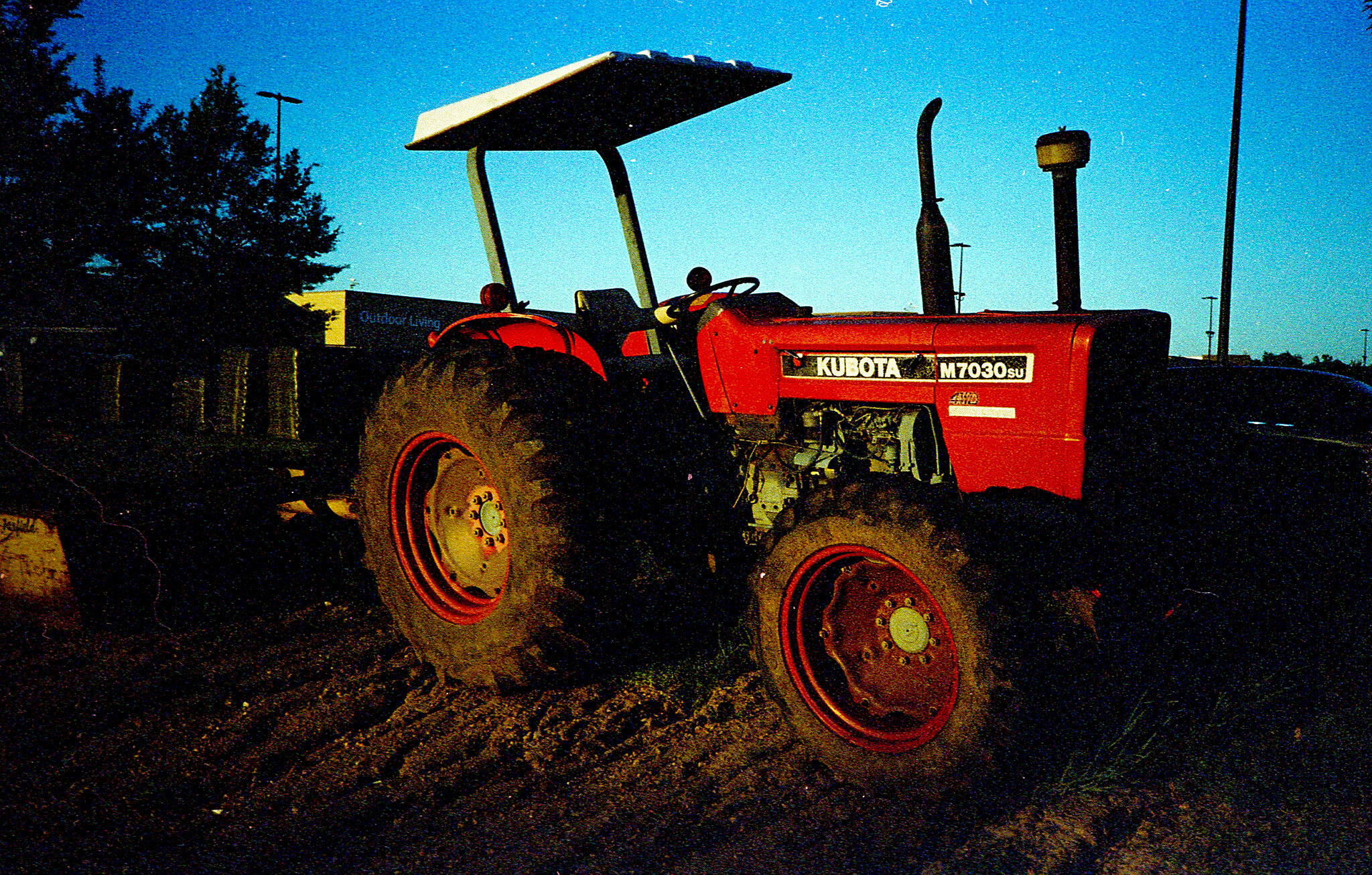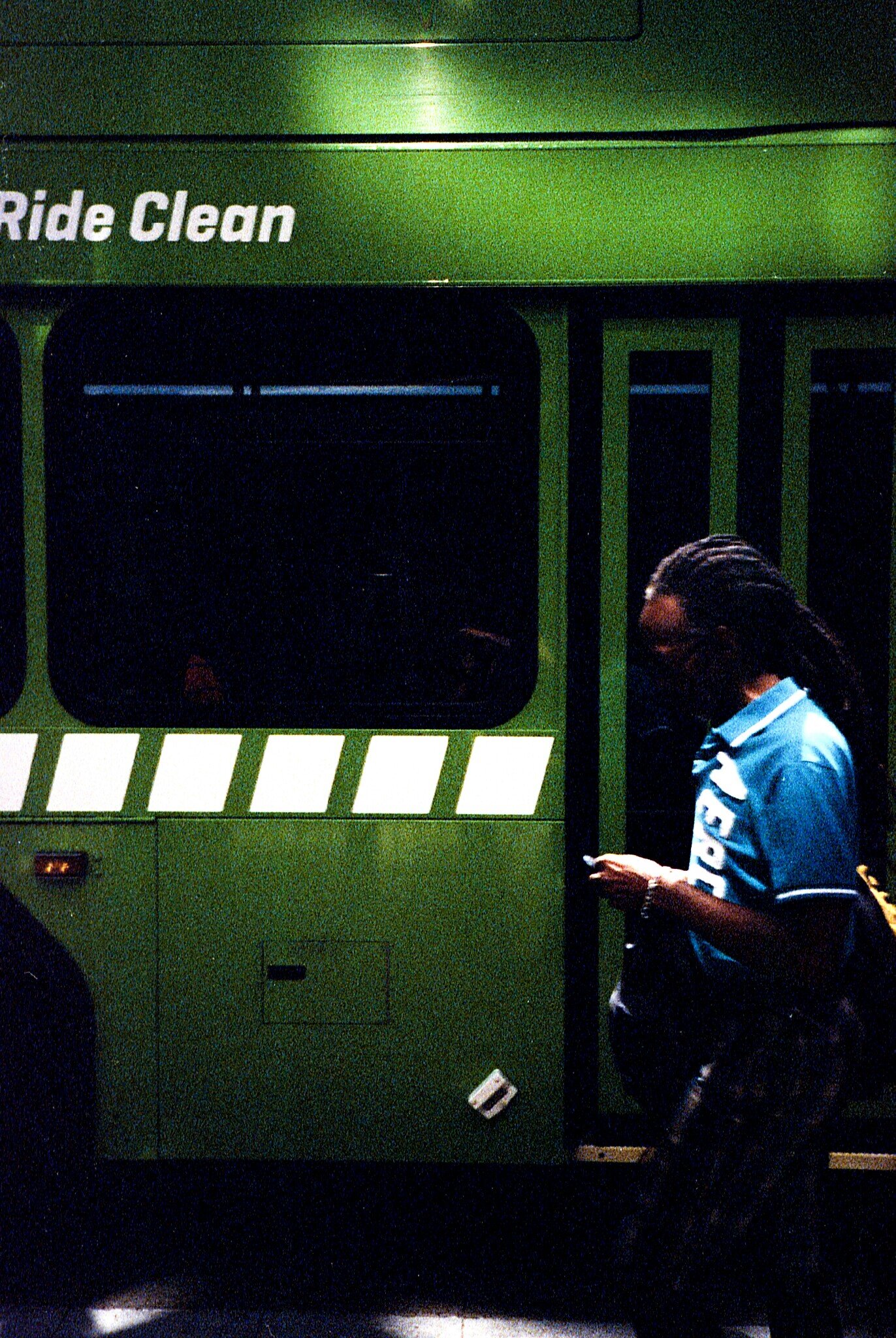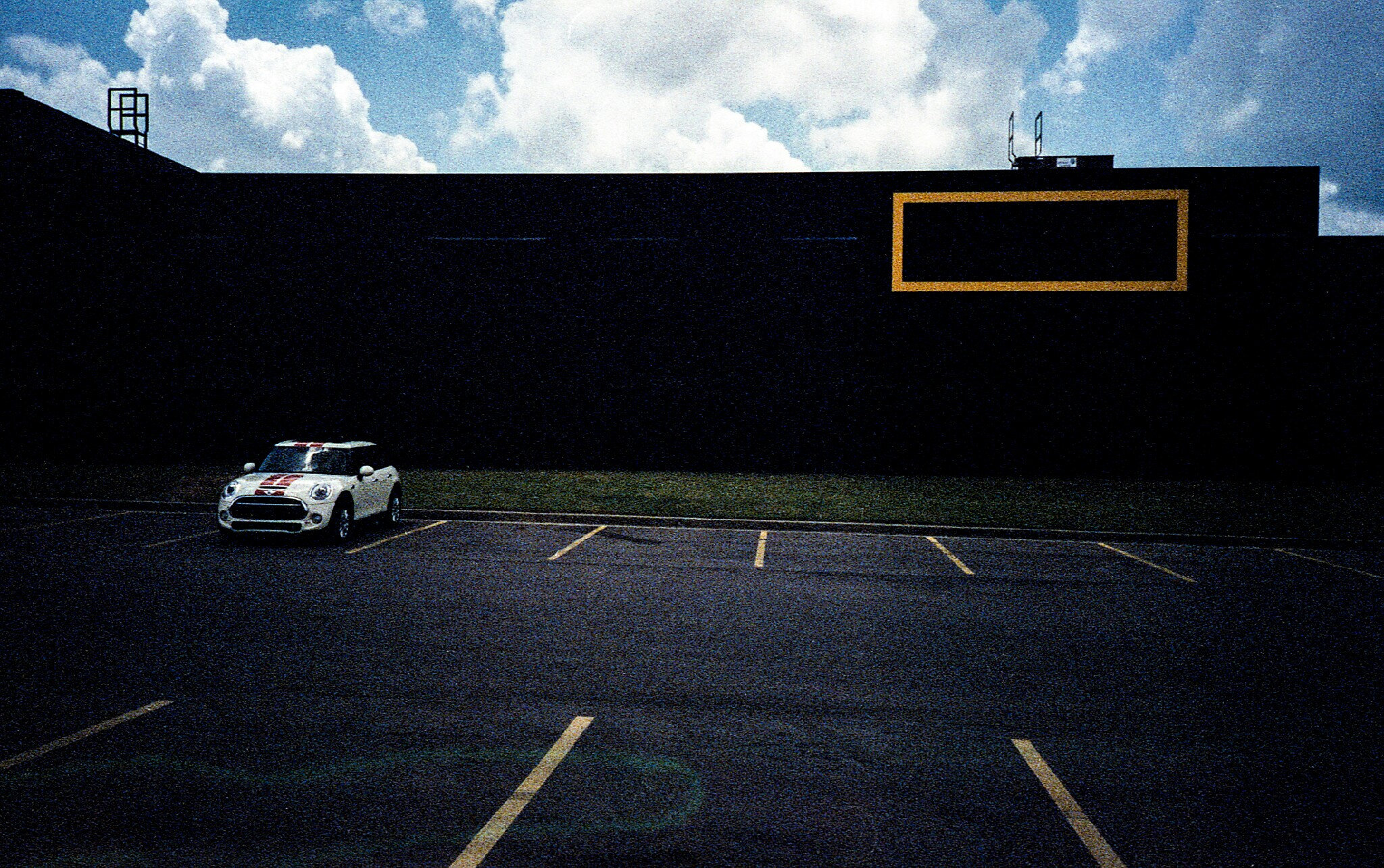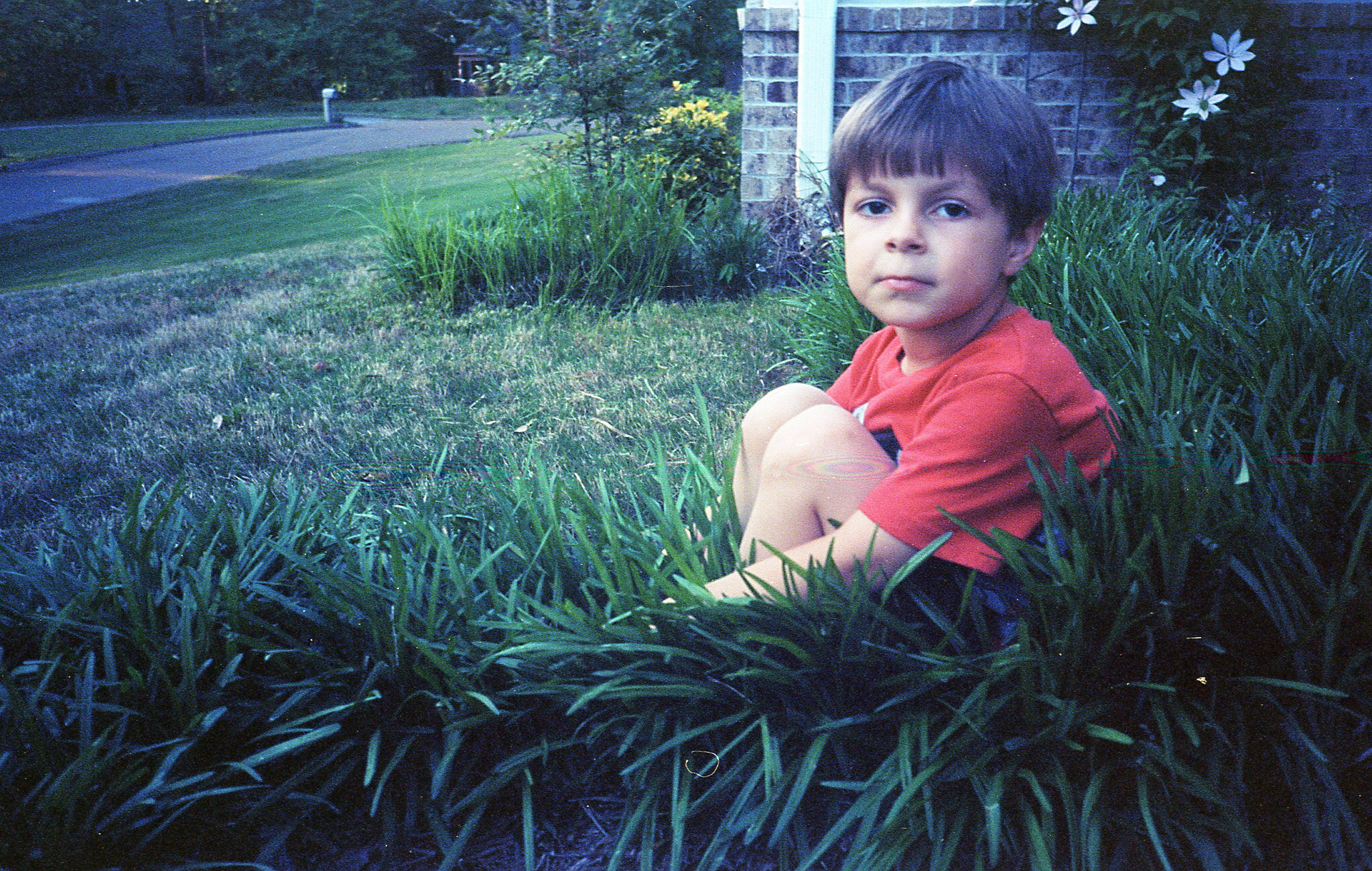If you have seen my fridge, you know that I like to keep my butter shelf stocked with butter. Well, by butter I mean film. I keep it there to keep it in a controlled climate to extend its life. Film has a shelf life. Its expiration date is printed right on the box. The older it gets, the harder it is to process, the more brittle the film, and if you’re shopping for it, the more expensive it can be. However, I have been fortunate enough to occasionally come across a few rolls of expired film, and running a roll through the camera shows that cons are pros with expired film.
Strike 1: Overly saturated colors
First things first. I only shoot color film expired. Black and White expired doesn’t do anything for me I can’t get by stand development or caffenol, but ymmv. Now the first con of shooting expired film is it tends to be over-saturated — it can also be a little flat, too, but I mostly find it is heavily saturated. This is especially true when cross-processing expired slide film. The image of the tractor above was shot at around the golden evening hours in summer. I shot at f/5.6 to allow for the age of the film, and push-processed the film for 4 1/2 minutes, instead of 3 1/2, using a Unicolor press kit. The result is a very saturated image. 
Strike 2: High Grain
Oh yeah, grain! In today’s wonderful world of digital crisp, grain is considered undesirable. Grain is the second con of shooting expired film. But I love how grain gives an image texture. For the most part, expired film is less sensitive to light than its box speed. Depending on the age, you need to compensate by pulling one or more stops. In the image above, it was Kodak Ektachrome Elite 100, expired 1996 shot at box speed. It is actually a little dark because I should have pulled it a stop or two. But the end result is high contrast and high grain. Strike 2! 
Strike 3: Lost Detail
Grain reduces detail. This is no more evident than with underexposed film pushed a couple of stops. Now, add insult to injury and push expired film. The result is, without a doubt, spectacular. If you are able to even recover the image, it is going to exhibit all three cons in one: High Contrast (con 1), High Grain (con 2), Lost Detail (con 3). It will have bright colors, dark blacks, lost shadows, and high grain. People pay hundreds of dollars to get expensive, reissued Soviet-era cameras, but a simple $13 toy camera and some expired film will get the same results. It will also leave you and your wallet capable of purchasing quite a lot of bulk expired film. Strike 3, you’re Expired! 
Final Thoughts
There are other results you can get from expired film. It all depends on the age of the film, the type (color negative or color transparency), the age of your chemicals, and how you do your exposure in-camera. It goes from extreme contrast and grain to soft, pale colors and anything in-between. The Lawn Gnome image above is a great example of the average of contrast and fade from expired film. Now, unless you are an amazing art photographer, I would not recommend you shoot your sister’s wedding with expired film. In fact, you should load a roll of expired film with both the desire to capture fantastic images, and the knowledge that it is highly probable none of them may even turn out. Also, be prepared to pay a premium for expired film — $8 – $10 a roll. Shooting expired film isn’t done lightly, cheaply, or with the expectation of awesome. It is done with a high degree of uncertainty, but also a great deal of that Christmas-morning joy when things go right.


Leave a Reply
You must be logged in to post a comment.